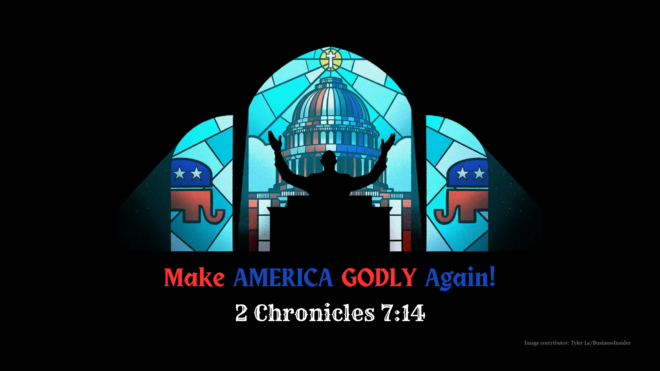One of the blessings of being dragged across Europe frequently is that you learn that medieval and Renassance people did read their Bibles and use them in art work. Yes, they added things, like a whole biography of Mary and many saints stories, and many legends about people like Joseph of Arimathea traveling westward with relics [it’s interesting that they mostly headed west!], but they read the Bible too!
In Revelation 4:6b-7, we read, “In the center, around the throne, were four living creatures, and they were covered with eyes, in front and in back. The first living creature was like a lion, the second was like an ox, the third had a face like a man, and the fourth was like a flying eagle.” Well, when you put the face of Jesus, or whatever else, on the dome of your church, there are four corners at the four posts. And it’s practically a cliche to put in these four beasts – not covered with eyeballs, however – on these corners.
They have come to be associated with the four Gospels. The lion is the Gospel of Matthew, because Jesus is there presented as the Lion of Judah; because the ox is the beast that serves, it is associated with the Gospel of Mark, where Jesus is presented most clearly as the suffering servant; the man represents the Gospel of Luke, where the humanity of Christ is explored as the most length; and the eagle represents the Gospel of John, where Christ’s divinity is most clearly and unambiguously presented.
A chapter later I read, “Then I saw a Lamb, looking as if it had been slain, standing in the center of the throne, encircled by the four living creatures and the elders.” My friend and I just saw, in Gent, Belgium, the famous Van Eyck brothers painting from the 1450s based on that scripture. A Lamb with wounds is standing on an altar in a green field [He doesn’t have seven eyes or seven horns however] and blood from His wound is pouring into a chalice, and all kinds of people – monks, nuns, secular people, etc., – are converging on Him from different directions. In the upper corners are Adam and Eve and just above them God’s rejection of Cain’s sacrifice and Cain’s murder of Abel. It is probably the most famous non-Italian European painting of that century.
Here’s another one: Revelation 12:1-2, “A great and wondrous sign appeared in heaven: a woman clothed with the sun, with the moon under her feet and a crown of twelve stars on her head. She was pregnant and cried out in pain as she was about to give birth.” Here is an image, in the Bible, that could refer to Mary, and so you could see why it was popular. [As a non-Catholic friend once reminded me, “Blessed are you among women, and blessed is the child you will bear” is in the Bible too.] So frequently in churches you see Mary with twelve stars, or standing on the moon, or clothed in the sun. [You also sometimes see her stepping on a snake, a reference to Genesis 3:15.] But there’s a bigger surprise! Do you know why the European Union flag has a circle of twelve stars on it? They didn’t start out with twelve members, and they have more than that now. Well, it comes from this!



